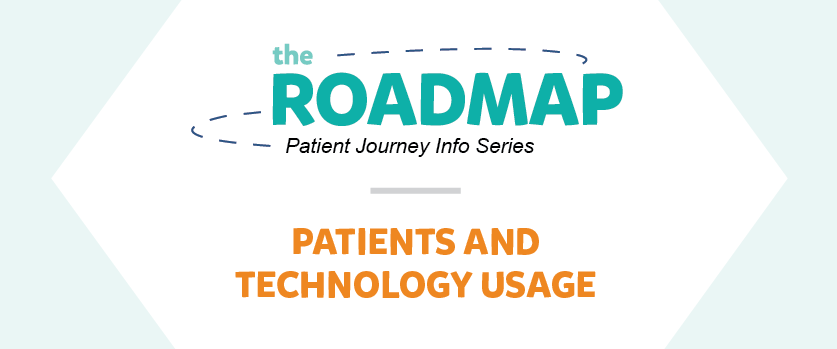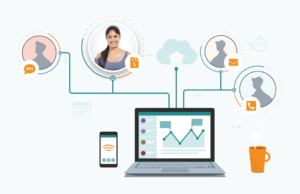Technology Use is Uniform Across All Patient Age Groups
In analyzing patient digital responsiveness data across over 2,000,000 discrete events logged in our Patient Financial Engagement platform here at Raxia, we found fairly consistent technology usage behaviors regardless of patient age.
Weighted Digital Responsiveness by Age
The age brackets that demonstrated the greatest degree of digital responsiveness were patients age 50 through 69 peaking at 12% over the mean. Another surprise discovery was that patients age 70 through 79 respond digitally at the same rate as patients who are 20 through 49 years old! (Though it is interesting to note that those 70-somethings prefer email over text.) In other words, if you reach out, via text or email, to a 75 year-old grandparent, you are just as likely to receive a response from them as from a 30 year-old Millennial. Finally, a drop off can be seen for patients older than 80 but it is far from precipitous, falling just 16% from their 70 year-old age-neighbors.
Our findings echo a wide range of research done in the past few years regarding technology usage across different generations. Anecdotally we know that older Americans — our elderly family and friends — spend hours a day online on their tablets. This is more than a casual observation: 53% of Millennials, 55% of Gen Xers, and 52% of Boomers own tablets as of 2019 based on a Pew Research study1. 84% of 65+ Internet users utilize email with the U.S. average of all Internet users merely a touch higher at 89%2.
Practices that shy away from modern communication channels like text and email for fear of alienating their patient population are, in fact, failing to connect with their patients where they live their lives now: online, digitally, virtually. The vast majority of the senior citizens of 2021 — Baby Boomers 57 through 75 — worked with technology through long stretches of their careers and have no difficulty living digitally. Patients younger than that group, in fact, demand modern online interactions with their providers and find the antiquated modes of communication in place at many practices to be frustrating and burdensome.
Providers that adopt modern communication mediums paired with well-designed user interfaces will unlock both higher patient satisfaction and better financial performance. They will achieve notably higher payment rates as their patients find it easier to pay their bills. And they will benefit from significantly lower administrative costs as many manual processes become automated.
1 https://www.pewresearch.org/fact-tank/2019/09/09/us-generations-technology-use/
2 https://www.statista.com/statistics/271501/us-email-usage-reach-by-age/



